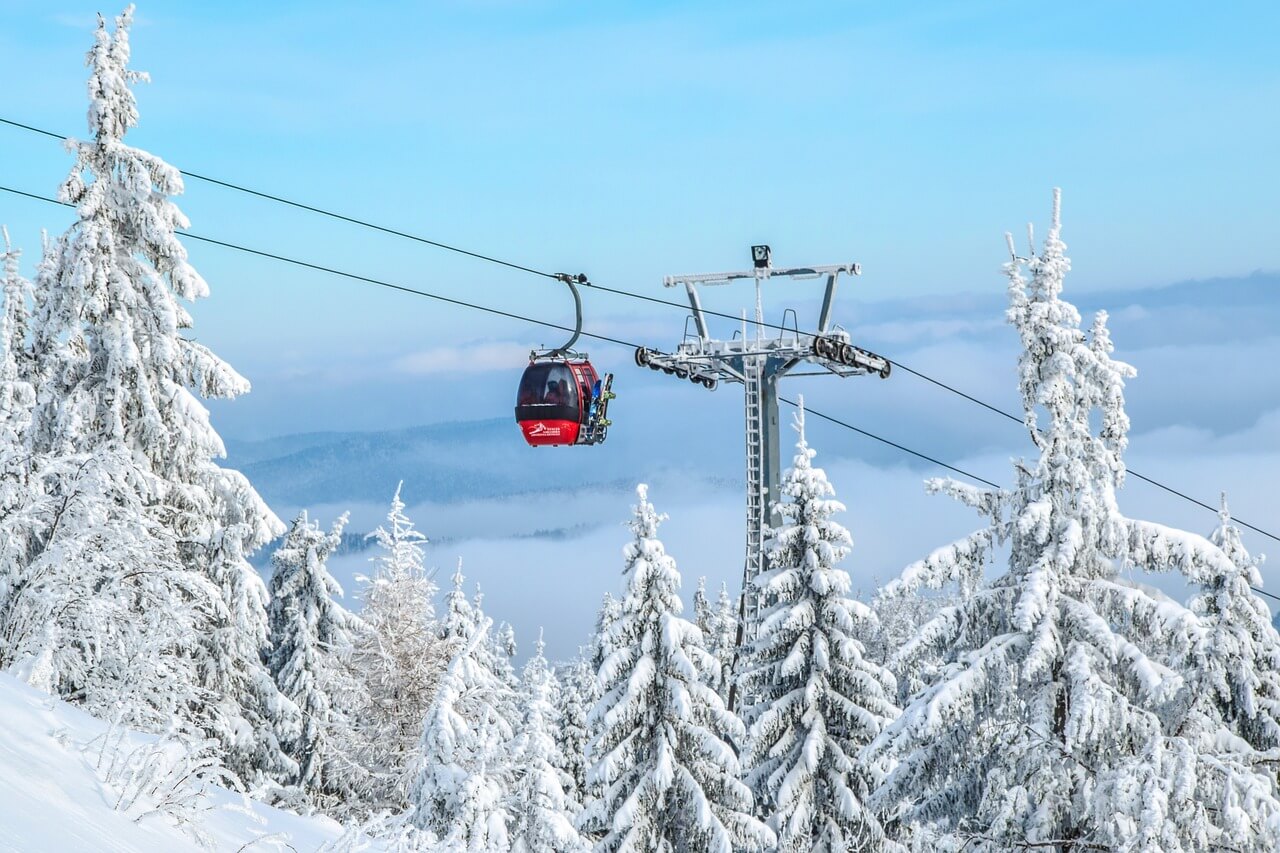
Skiing is one of the great pastimes for people who live near mountains. Few things compare to a good ski trip, as the fresh air and high-speed adrenaline make for a simultaneously exhilarating and relaxing experience. However, if you don’t adequately prepare, there can be serious dangers involved in skiing. Not to worry, though! Here are some simple safety tips to help you get ready for your next ski trip…
PREPARE YOUR SKIS (OR BOARDS)
Clean your skis and boards with a wet washcloth and inspect them for damage. If anything is peeling, it may be necessary to repair the top sheets with epoxy to prevent further damage. If it is minor, you can razor the small imperfections off. Take your equipment into a ski shop for a tune-up, including an edge and wax to ensure that you will have the best glide. If you have the proper equipment, you can do this yourself. Throughout the season, watch out for core shots (loose, bent or scratched edges that go all the way through the base material) and other damage that could make your skis dangerous. Always repair damage as soon as you can to ensure your safety.
USE HIGH-QUALITY EQUIPMENT
Using cheap, busted, second-hand skis can have a certain romanticism attached to it, but it’s a feeling that we should let drop, because the quality of modern ski equipment lends itself to a much safer experience. The added control and resistance to the winter elements that are afforded by ski equipment today helps to keep us safe for longer days in the cold mountain. Check out this highly informative article that talks about the advantages of high-quality ski equipment, and why it is essential to use it.
BE AWARE OF DEHYDRATION
Skiing and snowboarding can be physically exhausting activities that take an enormous toll on our bodies. In the cold weather and at high elevations, this can be a recipe for intense dehydration. Imagine you’re running a 5k on a sunny day. The heat and constant cardiovascular exercise would immediately remind you that you need to hydrate to replace the water you lose by sweating and breathing. In cold weather, while doing a sport that contains long periods of sitting on a ski lift, you may not recognize the signs that you need water. All the same, you are sweating under all those layers, respirating quickly, and exerting a lot of effort. Remember to drink some water after each and every run.
TAKE CARE OF YOUR SKI BOOTS
Before your trip, you should be checking your ski boots for a few signs of wear-and-tear. Inspect boots for signs of rodents or bugs. Air out the boots by removing liners and footbeds and clean the plastic with a damp cloth. It is best to hand wash your liners in the sink with a little bit of gentle detergent. Depending on the manufacturer, you can toss the liners in the washer on a gentle cycle. Do not wash them with other clothes. Do not put them in the dryer, unless the label says that you can. Replace footbeds and liners and buckle the boots to help maintain the shape. You can try “boot juice” or Febreze on your boots to make them smell a little better. Inspect the heel and toe for wear, and replace them if necessary. If your boots are beyond repair, buy a new pair.
TAKE NORMAL WINTER PRECAUTIONS
A lot of safety protocol you should follow before a ski trip are common sense things that you should do before any long day in the snow. Make sure that you are dressing warmly with multiple layers (various thin layers will keep you warmer than one thick layer, on average). Pack some hand warmers that you can use on your hands or feet, if you start to lose feeling in them. Use a cell phone or GPS tracker to make sure that you can be found if you get lost. And keep an eye out for various cold-related injuries, such as trench foot or frostbite.
CHECK FOR WEATHER AND REPORTS
Before going out on your ski day, always check the weather reports for the area you are skiing, as well as for avalanche reports. You can download several apps that will give you updates on specific ski areas, so you can be aware of if there is any risk of an avalanche. If there is, needless to say, you shouldn’t be skiing that day.
